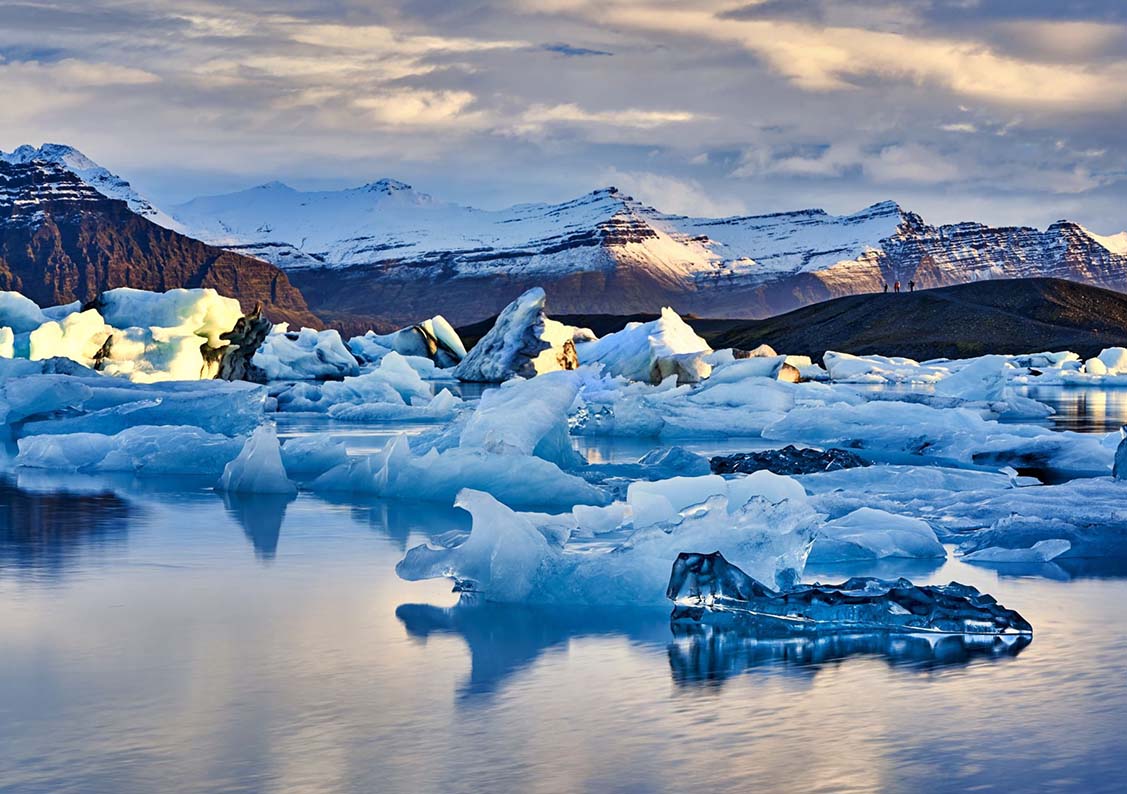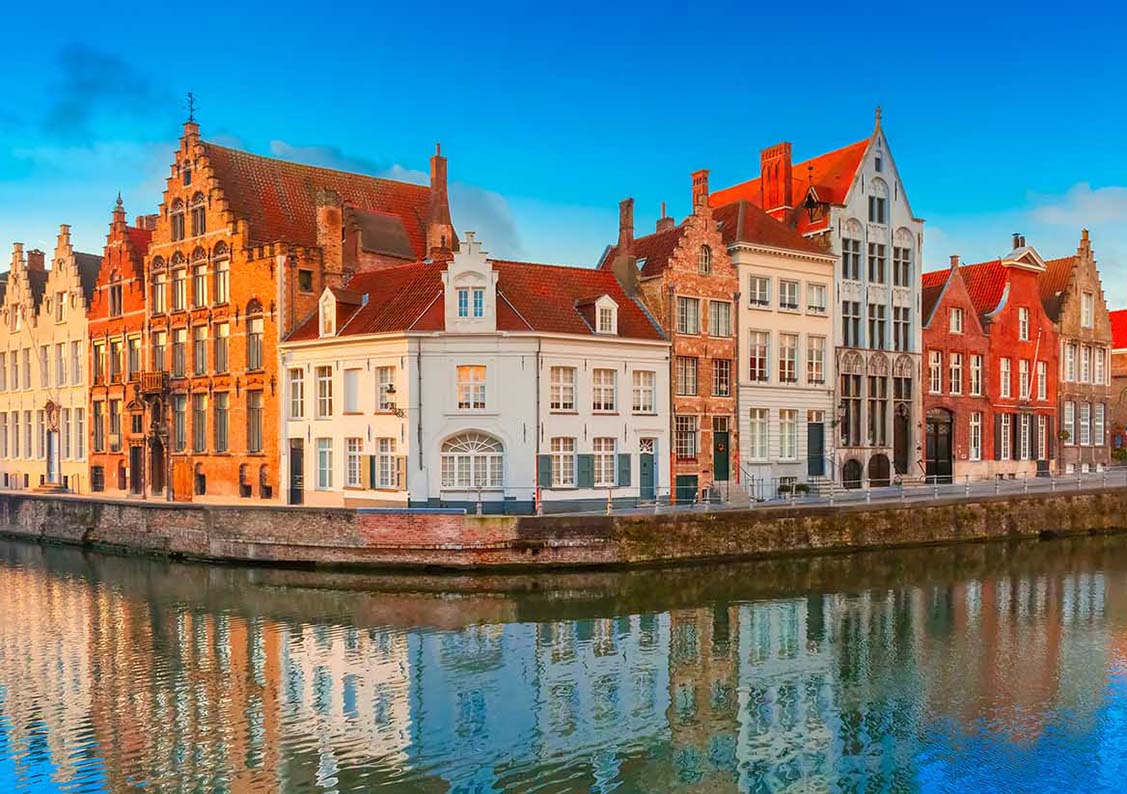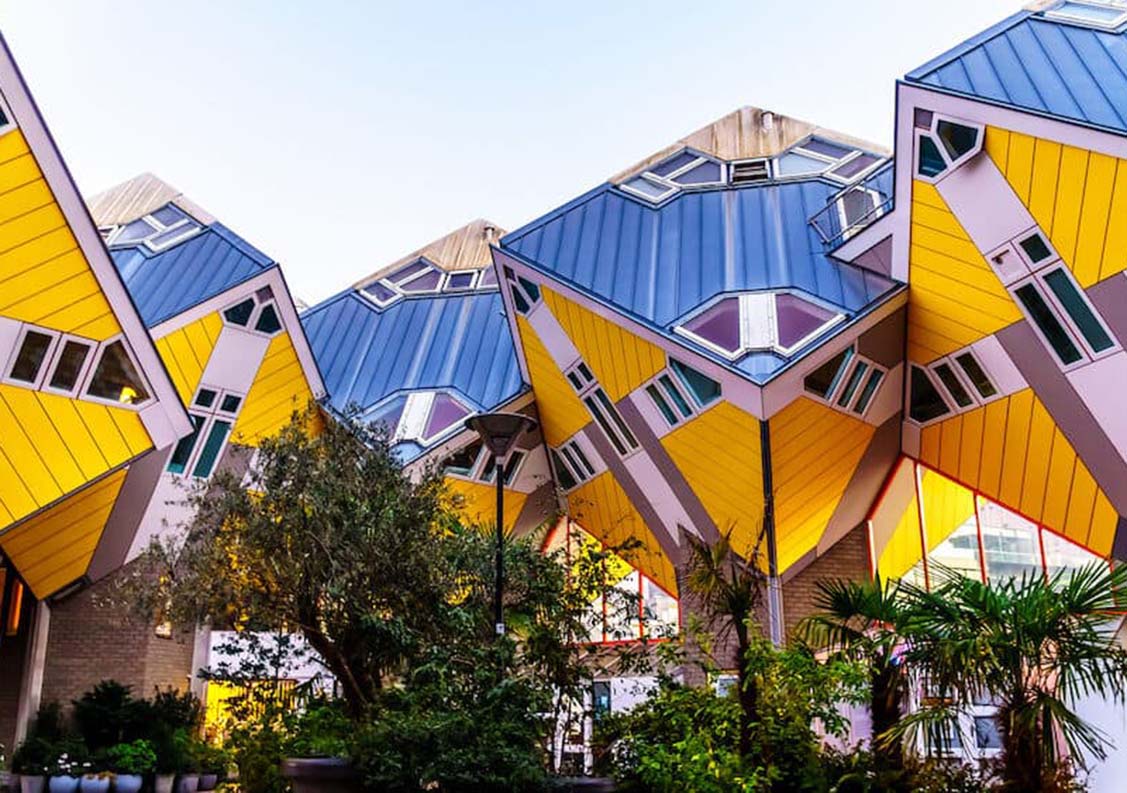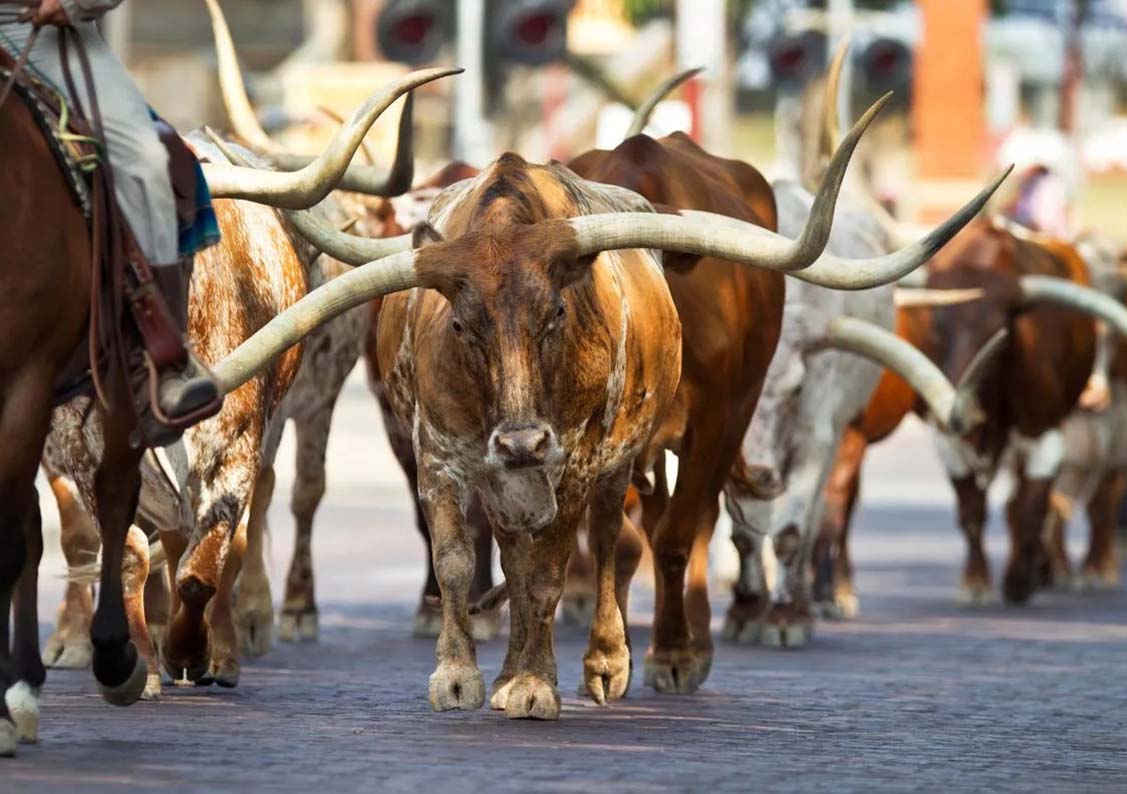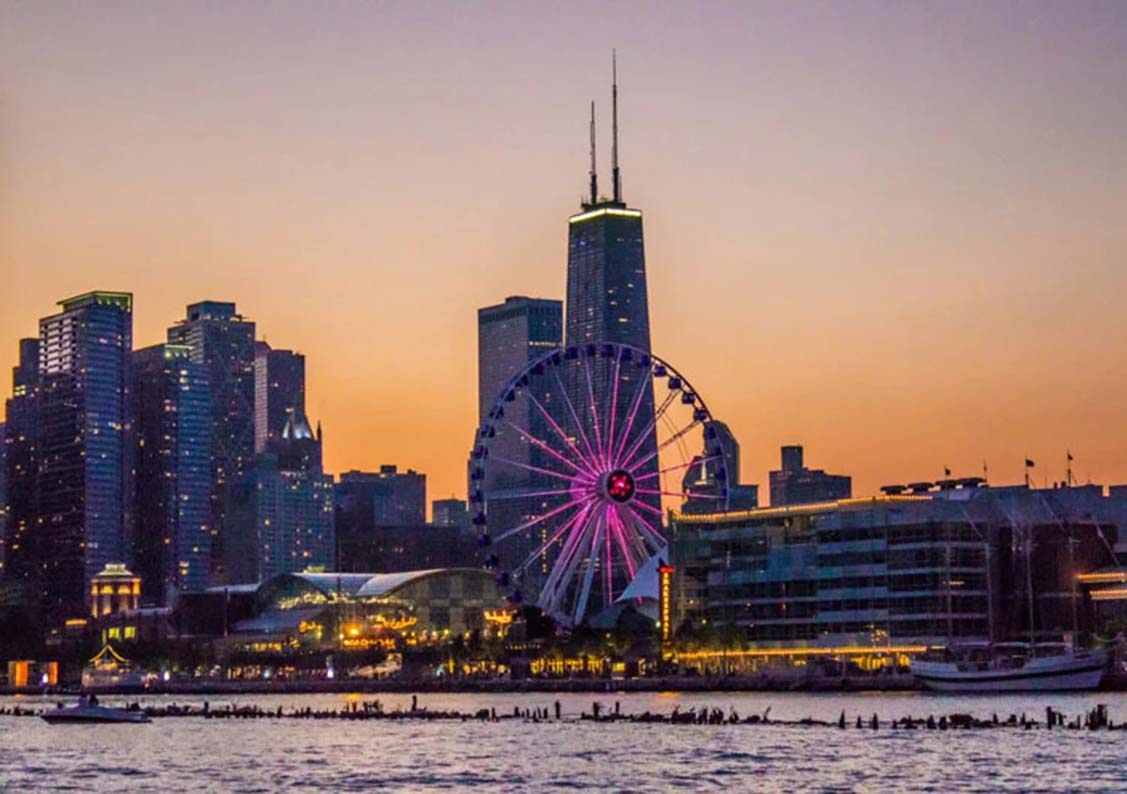Iceland, often referred to as the “Land of Fire and Ice,” is a country that has long captivated my imagination. Known for its stunning landscapes, vibrant culture, and unique natural phenomena, Iceland offers an unparalleled travel experience.
In this comprehensive blog post, I will share my journey through this incredible country, providing insights on travel gear, appropriate clothing, currency exchange, and obtaining a local SIM card. I’ll also delve into local etiquette, recount personal experiences, and recommend must-visit attractions. Additionally, I’ll guide you on planning your itinerary, managing your budget, and choosing the right travel insurance.
Preparing for the Adventure: Travel Gear and Clothing
Travel Gear
Packing for Iceland requires careful consideration due to its unpredictable weather and diverse terrain. Here’s a list of essential items I brought along:
1. Backpack: A sturdy, waterproof backpack is crucial. I used the Osprey Farpoint 40, which is comfortable and has ample space for all my essentials.
2. Camera: Iceland’s landscapes are incredibly photogenic. I brought my Nikon D850 along with a wide-angle lens for those stunning panoramic shots.
3. Tripod: For capturing the Northern Lights and other low-light scenes, a tripod is a must. I used the Manfrotto BeFree Compact Travel Aluminum Tripod.
4. Power Bank: To ensure my devices stayed charged during long day trips, I carried an Anker PowerCore 20100mAh power bank.
5. Reusable Water Bottle: Tap water in Iceland is some of the purest in the world, so a reusable bottle helps you stay hydrated and eco-friendly.
6. Binoculars: Handy for wildlife spotting and getting a closer look at distant landscapes.
7. First Aid Kit: Always a good idea for any travel adventure.
8. Waterproof Dry Bags: Useful for keeping electronics and important documents dry during excursions.
Appropriate Clothing
Iceland’s weather is notorious for its variability, often experiencing all four seasons in a single day. Layering is key to staying comfortable.
1. Base Layers: Merino wool base layers for warmth and moisture-wicking. I found Icebreaker’s line of merino wool products perfect.
2. Insulating Layer: A good fleece or down jacket. My Patagonia Down Sweater provided excellent insulation.
3. Outer Shell: A waterproof and windproof jacket and pants are essential. I wore the Arc’teryx Beta AR jacket and pants.
4. Footwear: Waterproof, sturdy hiking boots are a must. My choice was the Salomon Quest 4D 3 GTX.
5. Accessories: Woolen hat, gloves, and a buff for additional warmth. Don’t forget sunglasses and sunscreen, as the sun’s reflection off snow and ice can be intense.
6. Swimwear: For enjoying Iceland’s geothermal pools and hot springs.
Currency Exchange and Local SIM Cards
Currency Exchange
Iceland’s currency is the Icelandic Króna (ISK). Credit and debit cards are widely accepted, so carrying large amounts of cash isn’t necessary. However, it’s wise to have some cash on hand for smaller purchases in remote areas.
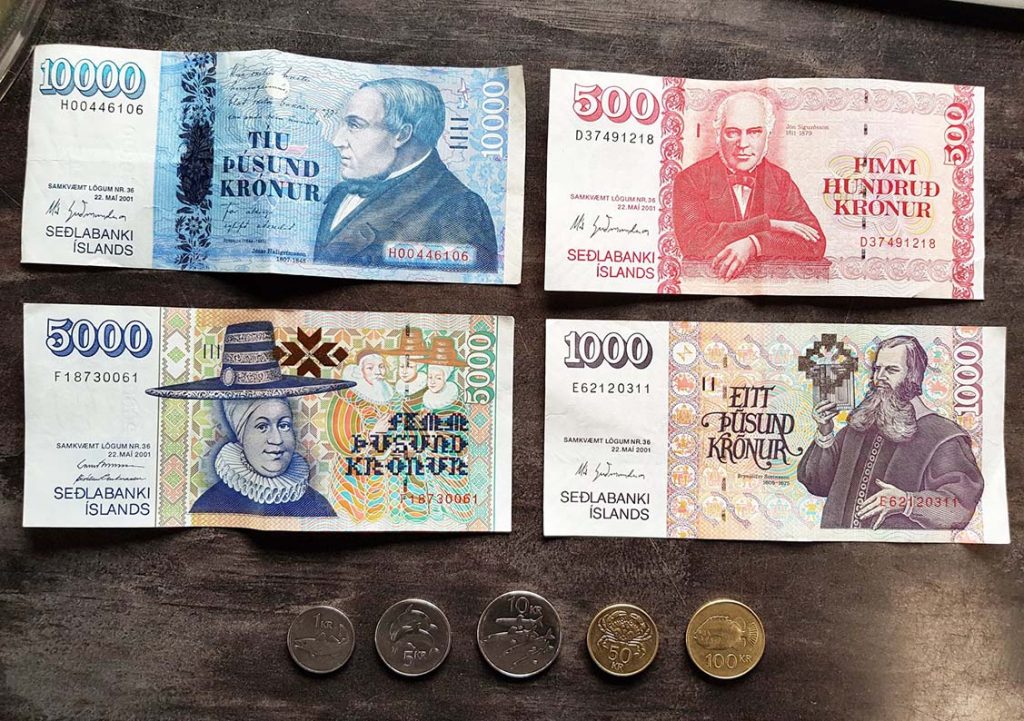
– Exchange Rate: As of my visit, 1 USD equaled approximately 130 ISK. It’s always best to check the current rate before traveling.
– ATMs: Widely available in cities and towns. I used my international debit card to withdraw cash without any issues.
– Currency Exchange Services: Available at Keflavík International Airport and major banks in Reykjavik.
Local SIM Card
Staying connected in Iceland is straightforward with several options for local SIM cards.
– Providers: The major providers are Síminn, Vodafone, and Nova. I opted for a Síminn SIM card for its extensive coverage, especially in rural areas.
– Where to Buy: SIM cards are available at Keflavík International Airport, convenience stores, and provider-specific shops.
– Plans: I chose a prepaid plan with 10GB of data and unlimited domestic calls and texts, costing around 2900 ISK. This was more than sufficient for my two-week stay.
– Activation: Simple and quick. Insert the SIM card, follow the activation instructions, and you’re good to go.
Understanding Icelandic Etiquette: Insights and Experiences
Local Etiquette
Understanding and respecting local customs can enhance your travel experience in Iceland.
1. Greetings: Icelanders typically greet with a firm handshake and direct eye contact. Addressing people by their first names is common, as the use of surnames is rare.
2. Shoes Indoors: It’s customary to remove your shoes when entering someone’s home.
3. Tipping: Tipping is not mandatory in Iceland. However, rounding up the bill or leaving small change for exceptional service is appreciated.
4. Punctuality: Icelanders value punctuality, so arriving on time for meetings and tours is important.
5. Quietness: Icelanders are generally reserved and appreciate quietness in public spaces.
Personal Experiences
During my stay, I encountered several instances that highlighted Icelandic hospitality and cultural nuances.
1. Homestay in Akureyri: I stayed with a local family in Akureyri, where I experienced Icelandic hospitality firsthand. They warmly welcomed me and offered traditional Icelandic meals like hákarl (fermented shark) and skyr (Icelandic yogurt). Removing shoes upon entering their home was a new but pleasant experience.
2. Meeting a Local Guide: On a guided tour of the Golden Circle, our guide, Björn, shared fascinating stories about Icelandic folklore and history. His friendly demeanor and punctuality made the tour enjoyable and informative.
3. Shopping at a Local Market: At the Reykjavik Flea Market, I engaged with vendors who were more than willing to share the stories behind their handmade goods. Their genuine friendliness and openness were truly heartwarming.
Must-Visit Attractions in Iceland
1. The Golden Circle: A Journey Through Iceland’s Natural Wonders
Location
The Golden Circle is a popular tourist route that covers approximately 300 kilometers, looping from Reykjavik into the southern uplands of Iceland and back.
How to Get There
– Self-Drive: Renting a car is the most convenient way to explore the Golden Circle. The roads are well-maintained, and the route is well-signposted.
– Tours: Numerous tour operators in Reykjavik offer Golden Circle day tours. I opted for a small group tour with Reykjavik Excursions.
Attractions and Activities
1. Þingvellir National Park: A UNESCO World Heritage site where the North American and Eurasian tectonic plates meet. Walk through the Almannagjá fault and visit the site of Iceland’s ancient parliament.
2. Geysir Geothermal Area: Home to the famous Strokkur geyser, which erupts every 5-10 minutes, shooting boiling water up to 30 meters in the air.
3. Gullfoss Waterfall: A stunning two-tiered waterfall where the Hvítá river plunges into a rugged canyon. The power and beauty of Gullfoss are truly mesmerizing.
4. Kerið Crater: A volcanic crater lake with strikingly blue water and red volcanic rock. It’s a lesser-known stop but worth visiting.
Ticket Prices and Discounts
– Þingvellir National Park: Free entry, but parking costs around 500 ISK.
– Geysir Geothermal Area: Free entry.
– Gullfoss Waterfall: Free entry.
– Kerið Crater: Entrance fee of 400 ISK.
Recommended Index
– Recommendation: ★★★★★
– Why: The Golden Circle offers a diverse range of natural wonders within a short distance from Reykjavik, making it an essential part of any Iceland itinerary.
2. The Blue Lagoon: A Geothermal Spa Experience
Location
The Blue Lagoon is located in the Reykjanes Peninsula, around 50 kilometers southwest of Reykjavik.
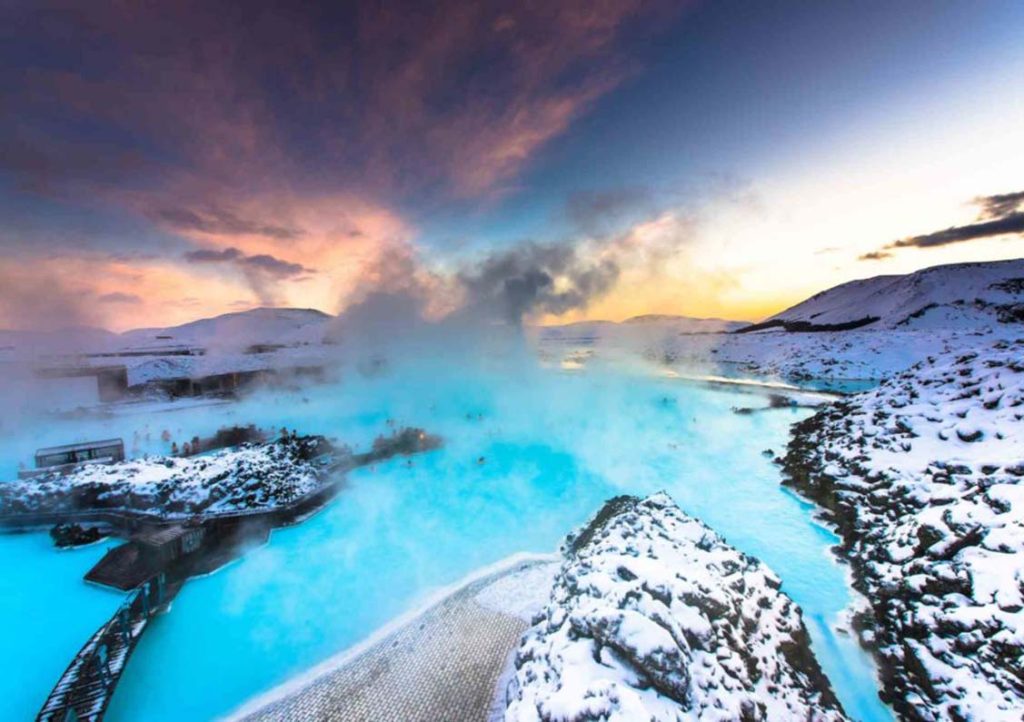
How to Get There
– By Car: Approximately a 45-minute drive from Reykjavik.
– Shuttle Buses: Regular shuttle services operate from Reykjavik and Keflavík International Airport.
Attractions and Activities
1. Geothermal Spa: The Blue Lagoon’s milky-blue waters are rich in minerals like silica and sulfur, renowned for their healing properties. Enjoy a relaxing soak in the warm waters surrounded by a volcanic landscape.
2. Spa Treatments: Indulge in in-water massages and other spa treatments available at the lagoon.
3. Lava Restaurant: Dine at the on-site restaurant, offering delicious Icelandic cuisine with stunning views of the lagoon.
Ticket Prices and Discounts
– Standard Admission: Prices start at 6990 ISK, including entrance to the lagoon, a silica mud mask, and a drink.
– Premium Admission: Prices start at 9990 ISK, including additional amenities like a second mask, a robe, and slippers.
Recommended Index
– Recommendation: ★★★★★
– Why: The Blue Lagoon offers a unique and luxurious geothermal spa experience, making it a must-visit attraction in Iceland.
3. Vatnajökull National Park: Glaciers and Ice Caves
Location
Vatnajökull National Park is located in southeastern Iceland, encompassing the Vatnajökull glacier, Europe’s largest glacier by volume.
How to Get There
– By Car: Approximately a 4.5-hour drive from Reykjavik to the park’s main entrance near Skaftafell.
-Tours: Several tour companies offer guided tours from Reykjavik and other towns.
Attractions and Activities
1. Glacier Hiking: Explore the glacier with a guided hike. The Skaftafell area offers several hiking routes, including the popular hike to Svartifoss waterfall.
2. Ice Caves: Visit the stunning blue ice caves formed by meltwater during the winter months. Guided tours are essential for safety and access.
3. Jökulsárlón Glacier Lagoon: Witness floating icebergs in the lagoon and take a boat tour to get up close to the icebergs.
Ticket Prices and Discounts
– National Park Entry: Free entry.
– Guided Tours: Glacier hikes and ice cave tours range from 15,000 to 25,000 ISK depending on the duration and inclusions.
Recommended Index
– Recommendation: ★★★★★
– Why: The breathtaking landscapes and unique activities like glacier hiking and ice cave exploration make Vatnajökull National Park a highlight of any Icelandic adventure.
4. Reykjavik: The Vibrant Capital
Location
Reykjavik, Iceland’s capital and largest city, is located on the southwestern coast of the country.
How to Get There
– By Air: Keflavík International Airport is the main gateway to Iceland, located about 50 kilometers from Reykjavik. Regular Flybus services connect the airport to the city.
– By Car: Driving from Keflavík Airport to Reykjavik takes about 45 minutes.
Attractions and Activities
1. Hallgrímskirkja: The iconic church offers stunning views of the city from its tower. The architecture, inspired by Iceland’s basalt landscapes, is impressive.
2. Harpa Concert Hall: A striking glass building on the waterfront, home to concerts, exhibitions, and cultural events.
3. The Sun Voyager: A beautiful steel sculpture on Reykjavik’s waterfront, representing a dreamboat and an ode to the sun.
4. Reykjavik Art Museum: Explore contemporary Icelandic art across three unique venues.
5. Whale Watching Tours: Departing from the old harbor, these tours offer a chance to see whales, dolphins, and puffins.
Ticket Prices and Discounts
– Hallgrímskirkja Tower: Admission is 1000 ISK for adults, free for children under 7.
– Harpa Concert Hall: Entry to the building is free; event prices vary.
– Whale Watching Tours: Prices start at 10,000 ISK.
Recommended Index
– Recommendation: ★★★★★
– Why: Reykjavik’s blend of cultural attractions, stunning architecture, and vibrant nightlife makes it an essential stop on any Icelandic itinerary.
Street Food and Safety Tips
Popular Street Food
1. Pylsur (Icelandic Hot Dog): A must-try! The hot dog is made from a blend of lamb, beef, and pork, served with raw onions, fried onions, ketchup, sweet mustard, and remoulade. Bæjarins Beztu Pylsur in Reykjavik is the most famous spot.
2. Skyr: This thick, creamy dairy product is often compared to yogurt but is technically a cheese. It’s available in various flavors and is both nutritious and delicious.
3. Fish and Chips: Freshly caught fish served with crispy fries. Reykjavik’s Fish Market and Icelandic Fish & Chips are popular choices.
4. Lamb Soup (Kjötsúpa): A hearty and warming dish, perfect for chilly days. Available at many local eateries and food trucks.
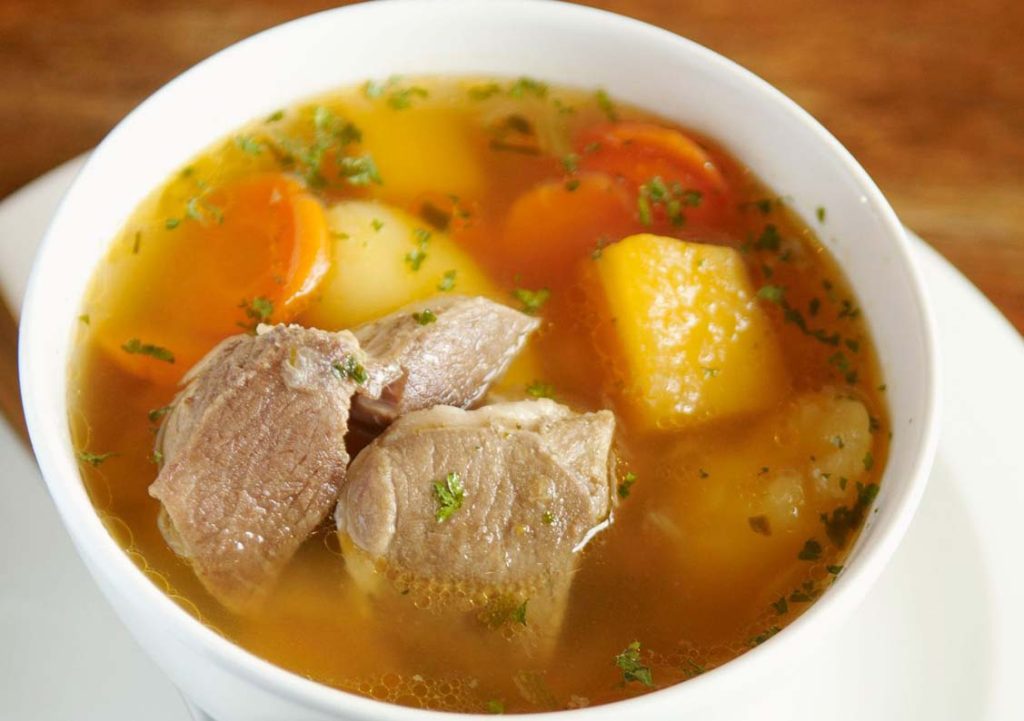
Street Food Safety Tips
– Check Hygiene Standards: Opt for stalls with high cleanliness standards and good customer reviews.
– Eat Fresh: Choose freshly prepared items to minimize the risk of foodborne illnesses.
– Stay Hydrated: Carry a reusable water bottle and drink plenty of water, especially when trying new foods.
– Allergies: Inform the vendor of any allergies to ensure your food is prepared safely.
Planning Your Itinerary and Budget
Itinerary Planning
Iceland offers a wide range of experiences, so planning is essential to make the most of your trip.
1. Duration: I spent two weeks in Iceland, which allowed me to explore both popular and off-the-beaten-path destinations.
2. Route: I chose to drive the Ring Road (Route 1), a 1,332-kilometer loop that circles the island. This route provides access to many of Iceland’s top attractions.
3. Accommodation: I stayed in a mix of hotels, guesthouses, and farm stays. Booking in advance is crucial, especially during the peak season (June to August).
4. Activities: I pre-booked popular activities like glacier hiking and whale watching to secure spots and often received early bird discounts.
Budgeting
Iceland can be expensive, but careful planning can help manage costs.
1. Accommodation: Budget options include hostels and guesthouses. Expect to pay between 10,000 to 20,000 ISK per night for mid-range accommodation.
2. Food: Eating out is pricey, with meals at restaurants costing around 3,000 to 5,000 ISK. Consider self-catering or buying groceries for some meals.
3. Transport: Renting a car is the most convenient way to explore. I used Budget Car Rental, which offered competitive rates and reliable vehicles.
4. Activities: Allocate around 50,000 to 100,000 ISK for tours and activities. Look for combo deals and discounts online.
5. Insurance: Essential for peace of mind. I used World Nomads, which offers comprehensive coverage for adventurous activities common in Iceland.
Travel Insurance
Travel insurance is a crucial part of trip planning. It covers unexpected events like medical emergencies, trip cancellations, and lost luggage.
– Provider: I chose World Nomads for its extensive coverage, including adventure activities.
– Coverage: Ensure your policy covers medical expenses, trip interruption, and activities like glacier hiking and snorkeling.
– Cost: Expect to pay around 5-7% of your total trip cost for comprehensive coverage.
Iceland is a land of extraordinary beauty and adventure. From the vibrant streets of Reykjavik to the remote glaciers and volcanoes, every corner of this country offers something unique. My journey through Iceland was filled with awe-inspiring landscapes, rich cultural experiences, and unforgettable adventures.
Proper planning and preparation made my trip smooth and enjoyable, allowing me to fully immerse myself in the wonders of this incredible destination. Whether you’re seeking natural beauty, cultural insights, or thrilling activities, Iceland promises an unforgettable travel experience.
